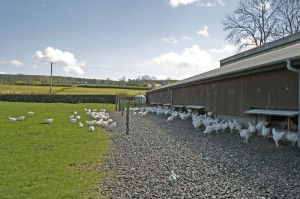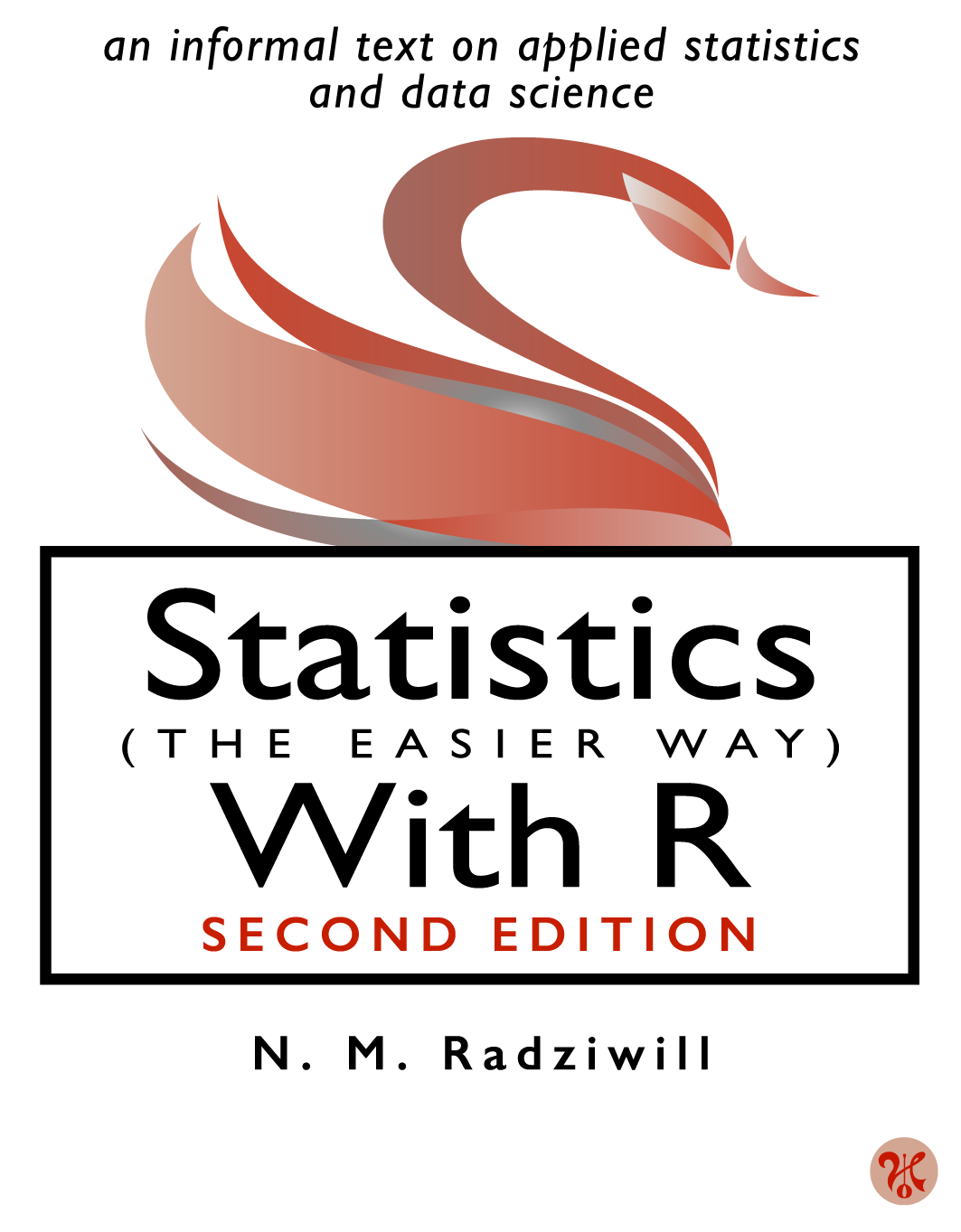“Our students are kind of like ‘free range’ chickens,” I found myself saying earlier this week, when Nicole and I were being interviewed about the Burning Mind Project. It was the first time I’d ever used that metaphor, and over the past couple of days, I’m more and more coming to see how apt it is.
“Free Range” is a label found commonly on the poultry sold in many supermarkets today. For consumers, this marketing tactic is meant to call to mind images of happy birds, frolicking in open, grassy, sunny spaces, making the most of their short lives prior to the time when they are feathered, gutted, packaged, and shipped to our tables. “Free range” poultry production stands in contrast to the more standard practice of industrial poultry production where the birds never see the light of day, are debeaked to prevent cannibalism, and loaded with antibiotics to prevent disease.
In actuality, however, in order to be certified “free range” the USDA only requires that chickens have access to the outside for some (small) portion of their lifespan. Michael Pollan famously investigated this reality in his book The Ominvore’s Dilemma, finding:
I finally had to conclude that Rosie the organic free-range chicken doesn’t really grasp the whole free-range conceit. The space that has been provided to her for that purpose is, I realized, not unlike the typical American front lawn it resembles–it’s a kind of ritual space, intended not so much for the use of the local residents as a symbolic offering to the larger community. Seldom if ever stepped upon, the chicken-house lawn is scrupulously maintained nevertheless, to honor an ideal nobody wants to admit has by now become something of a joke, an empty pastoral conceit.
Six weeks is the typical lifespan of an industrially produced chicken in the US. “Free Range” status typically means little more than that for the last two weeks of the chicken’s life, the coop door has been opened. Assuming she even notices that is is open, it is up to the chicken to decide for herself whether or not she will walk through it. More often than not, she does not.
“Free Range” Students?
In many ways, our current educational system resembles industrial poultry production. Throughout the majority of their formal educational careers, students in the US are confined to carefully controlled environments. Metal detectors and routine bag checks are evidence of the toxicity of these environments. Standardized testing regimes and tightly-scripted curricula inoculate students against the need to think or make decisions for themselves. Grades and other punishments are used to keep them in line.
The Burning Mind Project emerged as a response this kind of assembly line citizen production mentality. The principles of Radical Self-Reliance and Radical Self-Expression speak specifically to our desire to see students find their own paths through life. We want them to discover for themselves what their passions are, where their strengths lie, and then to feel free to pursue the development of those strengths and passions so that they can bring their full gifts to bear in leading meaningful and productive lives. As college instructors, one of our major roles is to open up the coop door so that students can experience the exhilaration of the “free range.”
Opening the Coop Door is NOT Enough
So my major realization for this week is that opening up the coop door is not enough. It is all too easy for students, just like chickens, to ignore the open door, to decline to walk through it. Even worse, many students express in some way or another that they’d rather not have the burden of having to decide for themselves what and how to study. The reliability, safety, and admitted distastefulness of the feeding trough is often preferable to the opportunity go out and hunt for the delectable worms and beetles hiding in the grass. Some students are as frank as to say things like “just tell me what you want me to do.” (I could digress here and talk about Plato and caves, or The Shawshank Redemption and being “institutionalized,” but I think you get the point.) It is clear that in many cases, students need a push out the door.
Of course, the push out the door comes with its own, different set of problems. Outside there may be foxes, or cold, or maybe instead of grass there will just be dirt, gravel, and no worms in sight. Some will range past the gravel to find the pasture, but there are indeed dangers and challenges, and no matter how benevolent a farmer I may be, once they’ve left the coop, I can’t attend to them all. On the whole, though, it’s probably a better life.
Like Chickens to the Slaughter
So how far do we pursue this metaphor? Regardless of whether they are industrial or “free range,” chickens are destined to be eaten. Some teachers would be happy to present their boned, quartered, and shrink-wrapped students to the world that waits to consume them upon graduation, marketing them with that ever-appealing “free range” label. I, for one, am hoping that some of them will find the jet packs out in the yard, or realize that they are really eagles, and fly away.












This post is in no way affiliated with Doug Zongker and his technical research on chickens (http://www.wired.com/wiredscience/2007/05/post_1/), although we do appreciate that there could be the potential for his work to inform the analogy captured in this post 🙂